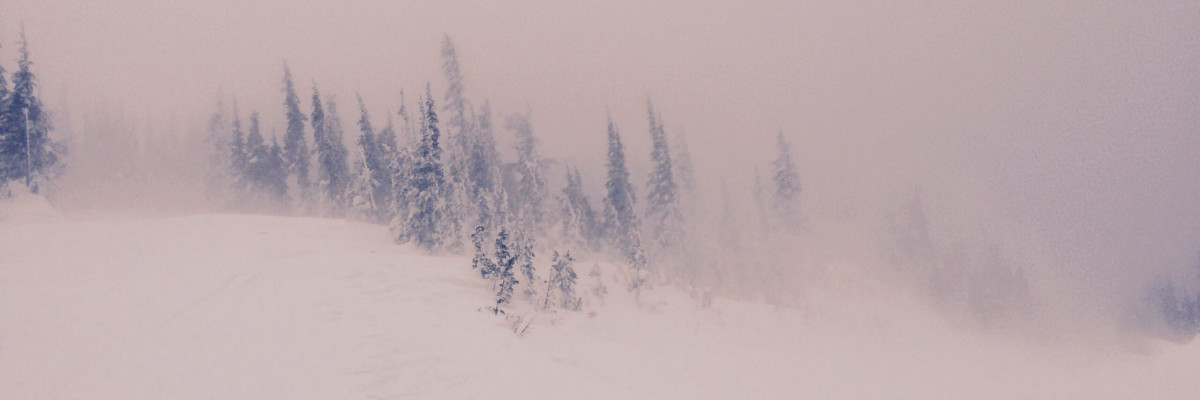There is high avalanche danger in the southern Missions, southern Swans & central Bitterroot. Natural and human-triggered avalanches are likely. Overall, in the west central Montana backcountry, the avalanche danger is considerable. Natural avalanches are possible and human-triggered avalanches are likely.
Good Morning, this is Dudley Improta with the West Central Montana Avalanche Center’s advisory for January 14, 2016. This danger rating is the sole responsibility of the U.S. Forest Service, does not apply to operating ski areas and expires at midnight tonight.
Weather and Snowpack
Generally, the area received about 6 inches of snow last night. The southern Missions and southern Swans have accumulated up to 16 inches of new snow. The central Bitterroot received 10 inches. Snow is forecast to continue to accumulate throughout the day; west central Montana is under a winter weather advisory until 11am MST.
Westerly mountain winds are blowing in the high 20 mph range and gusting into the 30’s. Mountain temperatures are in the low to mid 20’s F . Continued snow is forecast for today.
The new snow fell on a myriad of surfaces, depending on aspect. We toured the Rattlesnake and found cold snow capped by a wind crust on west and east facing slopes. On the south aspect there was a sun crust overlying surface facets. David Fox and Geoff Fast found a buried surface hoar layer 6 inches from the surface at Lost Trail; keep that in mind if you’re in the southern Bitterroots.
Storm slabs, wind slabs and large loose sluffs will be problems today. Stong westerly and southwesterly winds have loaded lee slopes; wind-loaded slopes are probably the most touchy, but I would avoid all steep slopes today. Travel on or under steep slopes is not recommended.
We received preliminary information about an avalanche accident in the St. Regis Basin yesterday. The accident happened in the afternoon and involved 3 skiers. Early information indicates Search and Rescue and helicopter assistance from Two Bear Air Rescue was initiated. There were injuries sustained but no fatalities. The St. Regis Basin area is covered by the Idaho Panhandle National Forest Avalanche Center.
Weather Forecast and Avalanche Outlook
Snow and wind will continue throughout the day. After a brief interlude, another system is expected to produce more snow tonight through Friday night. And, yet another system is forecast for Saturday. We will be out Friday and issue another advisory Saturday morning. For now, I would expect the avalanche danger to remain elevated.
Other Info
There are some openings left in Level 1 avalanche classes. Check our education page for all avalanche education opportunities.
Public observations can be important to the avalanche advisory and to riders and skiers. If you would like to send us snow observations use our public observations form or e-mail us at [email protected] .
Steve will issue the next advisory Saturday morning, January 16.
Ride and ski safe.














